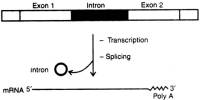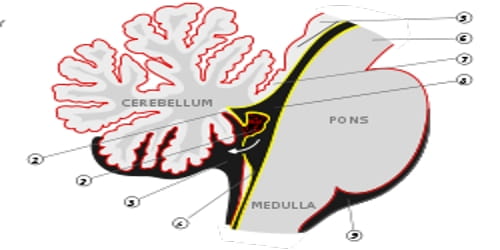Leukemic cells frequently acquire characteristics that allow them to resist the treatments’ effects within a year, despite the promise of new medications that in patients with acute myeloid leukemia, stimulate cancer cell death.
An increase in the breakdown and turnover of mitochondria, internal cell components that assist power its operations, is what causes leukemia cells to become resistant to venetoclax, a medication that is frequently administered.
This finding is supported by recent studies using human tissue samples and mouse models. In addition to their role in producing energy, mitochondria also tell cells to die under certain adverse conditions.
This process of “programmed cell death” often goes wrong in cancer. Mitophagy is a type of “self-eating” that damaged mitochondria can engage in to stop them from sending “death signals.”
Led by scientists at NYU Langone Health and its Perlmutter Cancer Center, the study showed that mitophagy helps leukemia cells to evade the killing effects of venetoclax, a drug in a class of medications known as BH3 mimetics.
Researchers found that 20 samples of leukemia patients had higher levels of many genes related to mitophagy than healthy controls, according to study published online in the journal Cancer Discovery on April 24, 2023.
Overcoming resistance to BH3 mimetic drugs like venetoclax is of unique clinical significance because these medications are often used for treating people with acute myeloid leukemia.
Christina Glytsou
In comparison to samples from leukemia patients who were not medication resistant, the level of these genes was even higher in those leukemia patients. The enhanced expression of the Mitofusin-2 (MFN2) gene, which produces a crucial protein for the outer mitochondrial membrane, was particularly noteworthy.
More research on mice that received bone marrow from people with acute myeloid leukemia revealed that the medication chloroquine, a well-known mitophagy inhibitor, restored venetoclax’s capacity to kill the cancer cells.
“Overcoming resistance to BH3 mimetic drugs like venetoclax is of unique clinical significance because these medications are often used for treating people with acute myeloid leukemia,” said study co-lead investigator Christina Glytsou, PhD, a former postdoctoral researcher at NYU Grossman School of Medicine and now an assistant professor at Rutgers University.
“Acute myeloid leukemia is notoriously difficult to treat, with fewer than a third of those affected living longer than five years after their diagnosis, so it is important to maximize the impact of existing therapies,” said study co-lead investigator Xufeng Chen, PhD, an instructor in the Department of Pathology at NYU Grossman.
“Our preclinical findings suggest that combining BH3 mimetics like venetoclax with either MFN2 or general mitophagy inhibitors could possibly serve as a future therapy for acute myeloid leukemia, as current drug treatments are stalled due to drug resistance,” said study senior investigator Iannis Aifantis, PhD.
Aifantis, the Hermann M. Biggs Professor and chair of the Department of Pathology at NYU Grossman and Perlmutter, says “the research team plans to design a clinical trial to test whether chloroquine, when used in combination with venetoclax, prevents drug resistance in people with acute myeloid leukemia.”
The researchers explain that in addition to discovering that MFN2 was overactive in patients with drug-resistant illness, they also discovered that cancer cells subjected to identical cell-death-inducing substances showed a doubling in mitophagy rates.
Additional research with cancer cells designed to lack MFN2 revealed higher sensitivity to venetoclax-like medications in comparison to cells that had functional MFN2. Increased mitophagy was the root cause of the issue, as shown by the latest study and earlier work by the team that showed malformed mitochondria in drug-resistant leukemic cells.
The most typical type of adult leukemia, acute myeloid leukemia, develops from bone marrow cells and is characterized by a rapid accumulation of aberrant blood cells. Each year, more than 11,500 Americans pass away from blood cancer. Chemotherapy and a small number of targeted pharmacological therapies are currently used as treatments. When all else fails, bone marrow transplantation has also been used.
Funding support for the study was provided by National Institutes of Health grants P30CA016087, P30CA013330, R01CA178394, R01CA173636, R01CA228135, R01CA229086, R01CA242020, and K99CA252602.
Additional funding support was provided by the Leukemia & Lymphoma Society and by AstraZeneca, which provided several of the BH3 mimetic drugs used in these experiments. Aifantis has received additional research funding from AstraZeneca. This arrangement is being managed in accordance with the policies and practices of NYU Langone Health.
















